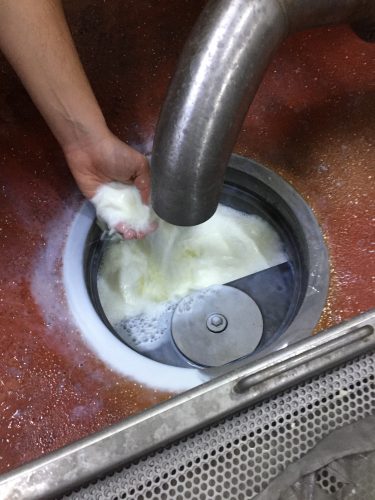Why thinking about how you can save product at your factory will never be wasted…
Food and drink production sites are often committed to reducing their product losses, water usage and their use of raw materials, however, it is often the case that other operational issues (i.e. quality, line efficiencies) are higher priorities and keep it low down the pecking order. In some cases, sites are often aware that they could significantly reduce product losses and water usage but either lack the necessary skills or resources to tackle the issue.
Given the rising cost of raw materials and ‘year on year’ rises in effluent disposal/treatment charges, it is essential for food and drink production sites to be highly efficient to maintain their profitability.
Any small improvements in factory wastage levels can result in immediate financial savings in raw materials and product losses and considerable reductions in effluent treatment/disposal costs. In some cases, this can be the difference between complying with your trade effluent discharge consent limits or exceeding them.
 Seeking outside assistance should not be seen as acknowledging defeat or a cause of embarrassment , but rather taking important steps to tackle the issue. Food and drink industry experts such as MSA Environmental can carry out a quick look at your production, water and effluent figures and apply specific food and drink industry knowledge to gauge the efficiency of your site and advise on the ‘size of the prize’.
Seeking outside assistance should not be seen as acknowledging defeat or a cause of embarrassment , but rather taking important steps to tackle the issue. Food and drink industry experts such as MSA Environmental can carry out a quick look at your production, water and effluent figures and apply specific food and drink industry knowledge to gauge the efficiency of your site and advise on the ‘size of the prize’.
The next step would then be to undertake a systematic audit of the key production area (s) and assessing the key individual cleans and processes to quantify the water usage, effluent volume and product/raw material losses. This information can then be used to calculate the potential savings and the start-point for generating ideas for recovery and/ or minimizing losses.
Using experienced outside experts for this task is often seen as cost prohibitive but the payback for these audits are typically 6 months or less. Furthermore, this approach can bring fresh “eyes” to help solve the problems and alternative approaches that have been successfully applied at other food and drink processing sites.
As the well known proverb states “The first step is often the hardest” but once taken it will help your site on the path to improving profitability and environmental performance.
Back
